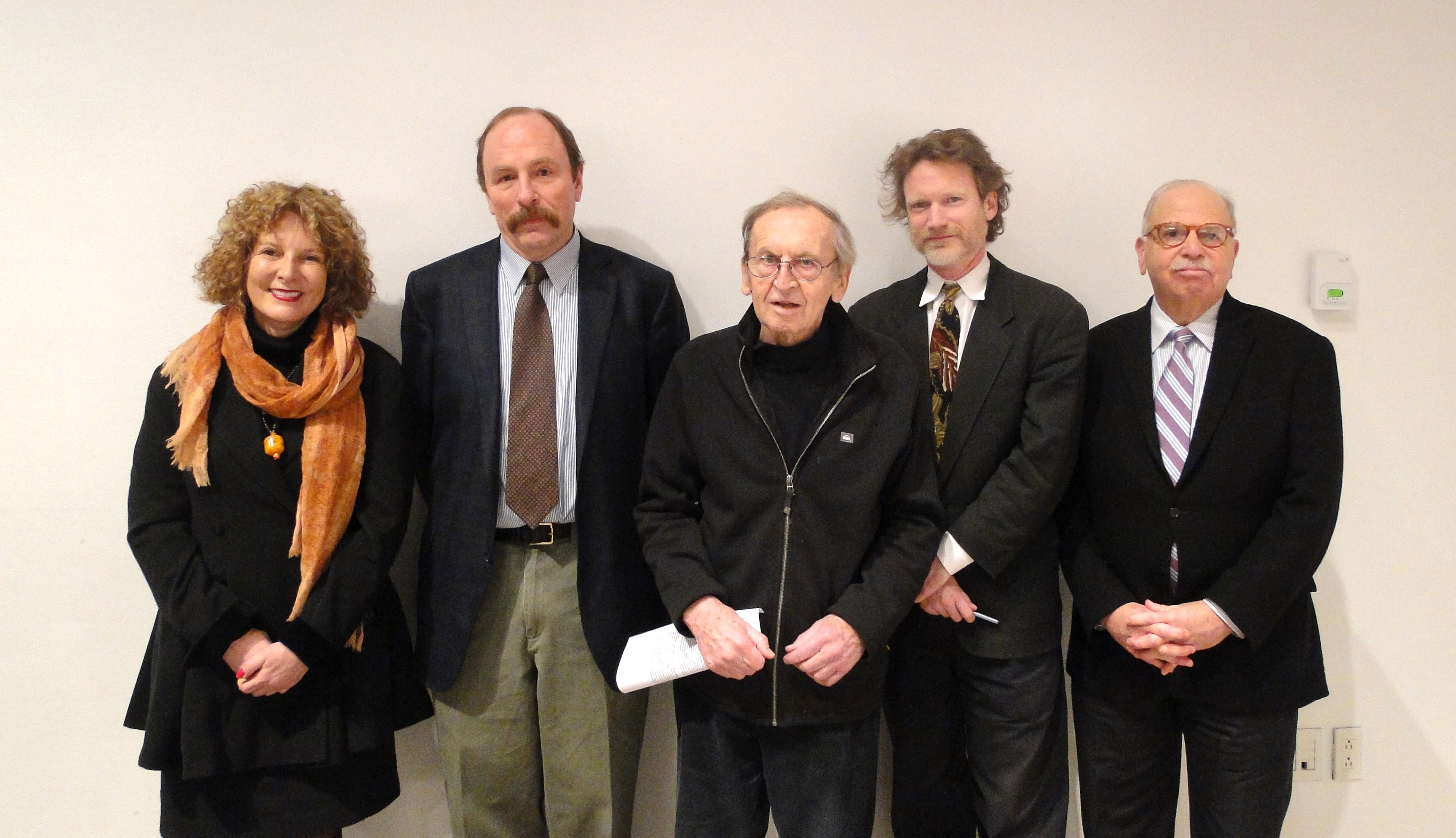by: Maxinne Rhea Leighton Assoc. AIA
Popular culture has grown increasingly more defined by names with celebrity status and punctuated in the media and the arts by gratuitous repetition. There is, however, one international icon that stands in defiance of that notion. At 100 years of age (yes, it has had “work done”), Grand Central Terminal is a name so recognizable that even though its surname was changed three times (Depot to Station to Terminal), the first name – Grand – has always remained intact. Not only is this luminary a building, but, similar to many New Yorkers, it has battled survival in tough economic times and developed the facility of reinvention.
One just has to research the demise of Pennsylvania Station in context of the former or walk into the Grand Central Market to experience the latter. “It’s like Grand Central Station” is part of our nomenclature – the meaning is understood whether or not you have ever stepped into the building.
Grand Central has for decades also captured the creative imagination, a point demonstrated in these three books: Grand Central – How a Train Station Transformed America by Sam Roberts with a foreword by Pete Hamill; Grand Central – 100 years of a New York Landmark by The New York Transit Museum and Anthony W. Robins with an introduction by Tony Hiss; and Grand Central Gateway to a Million Lives by John Belle, FAIA, and myself.
Each of these books is decisively written through a lens that is uniquely its own, richly illustrated with photography and graphic images.
Sam Roberts’ book integrates a historical perspective with contemporary storytelling. This compelling narrative invites the reader into an immersive world of Grand Central that is personal, historically rich, and peppered with engaging anecdotes. Brendan Gill and E.B. White would be proud.
The Transit Museum and Anthony W. Robins have distinctively captured the life of the building in an approach that integrates the powerful voices that shaped the time with illustrative quotes and commentary that complements Robins’ focused and beautifully refined narrative.
My co-author John Belle, FAIA, and I crafted the arc of our story beginning with the impact of Pennsylvania Station’s demise, then moving the reader through the animated campaign to save Grand Central: its history, urban and societal impact, and ultimate rebirth – the restoration. The narrative takes the reader from an observer encountering the past to “real-time” experiencing the restoration as it unfolds, alongside John Belle, the lead architect for Grand Central’s restoration.
All of these perspectives were further illuminated during the Oculus Book Talk at the Center for Architecture on 02.11.13, where the writers shared their insightful perceptions of Grand Central with moderator Frank Prial, AIA, who was an integral part of the Beyer Blinder Belle restoration team.
Yes, Grand Central has always been a home to train travel, but as these authors demonstrate, it has also been a place that no two people experience alike.









